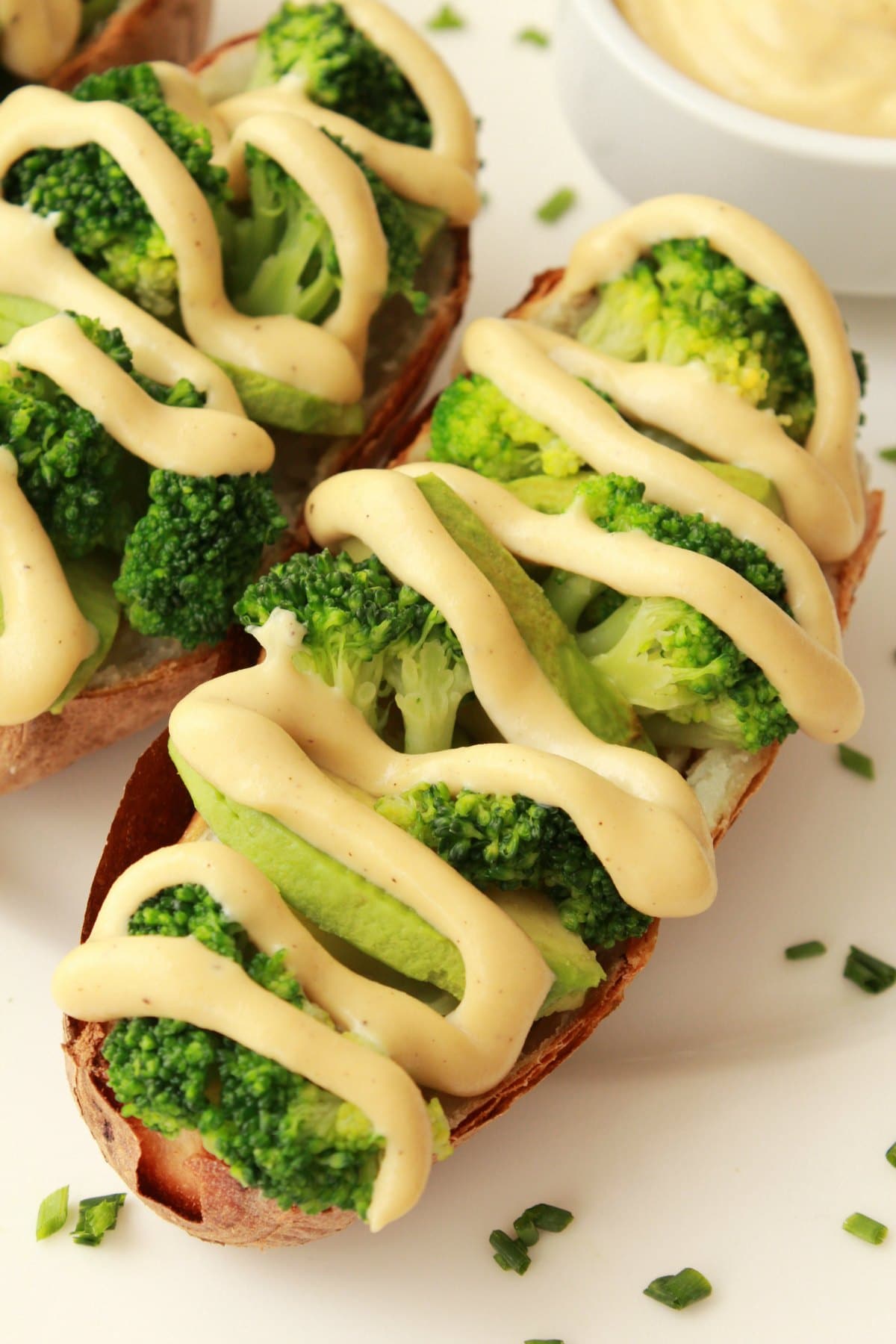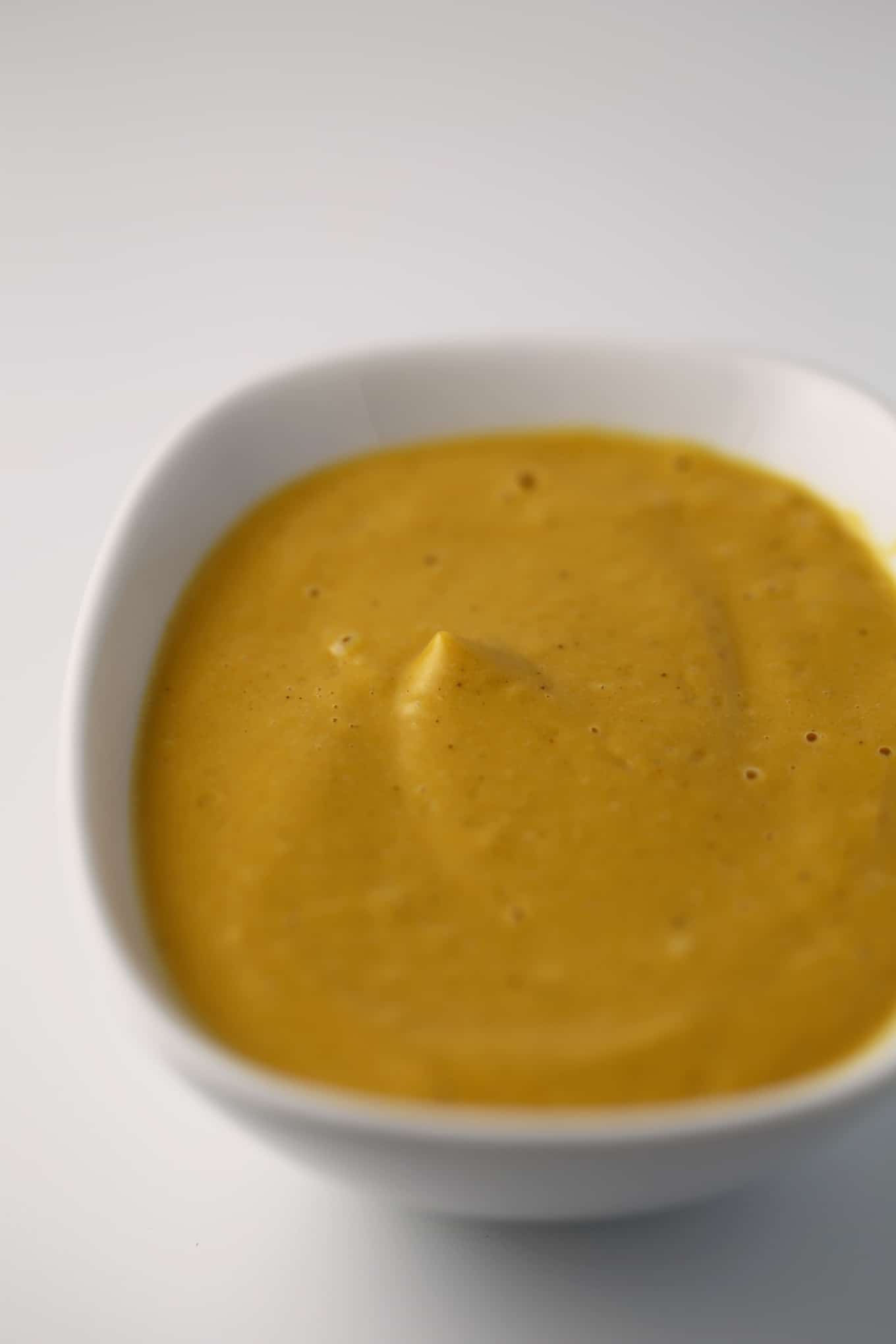
Its concentrated flavor means a little goes a long way, so start with 1 teaspoon for every 2 tablespoons nut or seed butter. Miso paste: A thick, fermented soybean paste, miso adds a world of savory depth to sauces. Since many of them are fermented or preserved, they often contribute a significant source of sodium, so be sure to taste the sauce before seasoning with additional salt. Lean on these ingredients to add complexity and a salty punch. This helps fully infuse the sauce so you get an essence of aromatic flavor in every bite. They deliver deep, rounded flavor and aroma when cooked or crushed.įrom garlic and onions to chilies and ginger, each offers a distinct flavor profile to create a dynamic sauce or dressing.įor most sauces, it’s best to finely chop the aromatics or grate them on a cheese grater or Microplane. Think of aromatics as the supporting actors in a sauce. Tahini’s ability to stand in for dairy makes it a go-to for vegans. Tahini: This creamy, rich sesame seed butter gives nutty appeal and savory depth to sauces and spreads. Pumpkin seed butter: Beautifully bitter with a slightly grassy finish, pumpkin seed butter is particularly delicious paired with garlic, fresh herbs, and a splash of vinegar to drizzle over roasted vegetables. Sugar is often added to balance its bitterness, which helps create a more well-rounded sauce.


Sunflower seed butter: For those with nut allergies, sunflower seed butter is the closest match to peanut butter, though it tends to have an earthier, more intense flavor. It will, however, add top-notch creaminess. Peanut butter offers rich, roasted flavor, which bodes particularly well for Asian-inspired sauces.Īlmond butter: Compared to peanut butter, almond butter has a stronger, nuttier flavor that doesn’t need much embellishment to offer big impact.Ĭashew butter: Lighter and sweeter than peanut and almond, cashew butter has a subtler flavor will have less impact on a dish's overall taste. Peanut butter: Though peanuts are technically legumes, we tend to think of them as nuts. This is the star of the sauce, and the flavor base you’ll build off of. Here’s the lineup of potential candidates, many of which can be used interchangeably. Stick to this formula, and you can create sauces that are infinitely riffable and that go with anything from grilled veggies or proteins to stir-fries and pasta. Mastering these sauces starts with four simple elements - nut or seed butter, aromatics, umami boosters, and something acidic. Get our favorite new peanut sauce recipe >ġ0 more recipes with nut and seed butter sauces >
Cashew sauce how to#
How to make a nut butter sauce, in 5 easy steps > Either way, you’ll discover the secret really is in the sauce. Use the following matrix to customize your own sauce blend, or whip up one of our all-purpose recipes.

They can liven up even the simplest middle-of-the-week dinners, and make any bowl of grains and greens feel downright celebratory. Homemade nut and seed butter sauces are miles ahead of anything store-bought in terms of freshness, flavor, and versatility. And with a nut or seed butter as the base, it only takes a few minutes and a handful of additional ingredients to make the sauce shine.
Cashew sauce plus#
Nut butters (including peanut, almond, and cashew) and seed butters (sunflower, pumpkin, and sesame) add body and richness to sauces and spreads, plus a slew of good-for-you nutrients. It turns out that our favorite sandwich spread and toast topper also holds the key to creating powerhouse homemade sauces. Article and featured Yummly recipe and photos by Jamie Vespa MS, RD


 0 kommentar(er)
0 kommentar(er)
